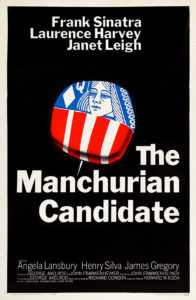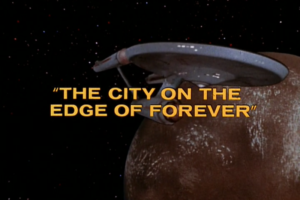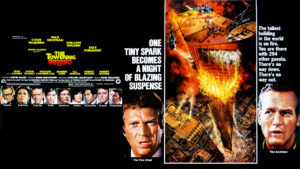It’s pretty easy to know an SF movie when you see one. Most are pretty upfront about the genre that they are intending to occupy, but a few films are secretly living a science-fiction life.
Most often you’ll find these movies an stories sold as some sort of action genre. Spy movies, and not just James Bonds films, are particularly ripe with this. The classic cold war movie Ice Station Zebra turns entirely on the technological triumph is a new lens and a new film that makes the picture in the wayward spy satellite so valuable to both the USSR and the USA. Another example, one that spawned a whole sub-genre was The Hunt for Red October. The ‘caterpillar’ drive was a product of imagination, pure science-fiction, yet that film is rarely cataloged with the rest of the genre but rather gets called a ‘techno-thriller.’
My personal favorite of the stealth SF movies is  . (I am of course speaking of the original and not the mindless idiotic remake.) Spoilers follow for the film but considering it is more than 50 years old if you really wanted to see it unspoiled you have had your chance.
. (I am of course speaking of the original and not the mindless idiotic remake.) Spoilers follow for the film but considering it is more than 50 years old if you really wanted to see it unspoiled you have had your chance.
In the movie Raymond Shaw, a rather brisk and unlikeable character, wins a Medal of Honor for his actions under fire during the Korean War. His mother, a strident anti-communist married to a rising star of a senator, tries to use Raymond’s service to help her husband climb to the vice-presidency as this is an election year. However it turns out that Raymond has been brain washed by the communists and is in fact a perfect assassin who operates without any recollection of his actions. This is all part of a larger plot that threatens the very foundations of our republic. I have left out a few of the really big twists and reveals because this is a hell of a movie and if you have not seen it, you should.
That bit of brainwashing is pure fiction, that level of conditioning is beyond any actual psychological theory or practice, thus this story is clearly SF. The advance in science/technology s critical to the plot and if removed the story cannot stand.
If you poke around in the corners of film you can find all sorts of stealth SF hiding for you like treasures.



